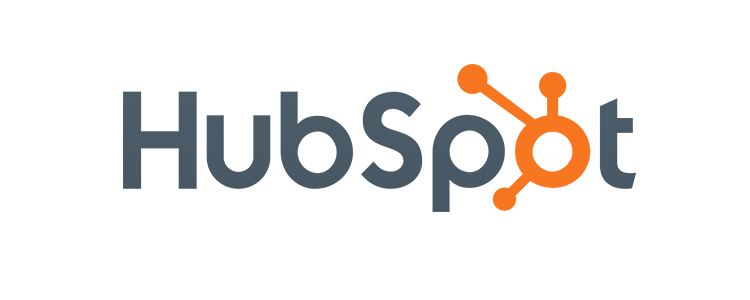Strongly established as a marketing hub for small to medium businesses, with affordable solutions and a range of free add-ons, HubSpot has finally acknowledged the need to develop an enterprise product — not least because its customers are growing fast enough that there’s a risk of the current offering falling behind their needs.
That’s why a focal announcement at this week’s Inbound conference was the addition of Sales and Service Enterprise Hubs to the current starter and pro packages, as well as enhancements to the existing Marketing Enterprise Hub. All three Hubs are available as a discounted bundle, and all are built on HubSpot’s optional, free CRM.
I sat down with director of product marketing Jeff Russo to take a deeper dive into the announcement. “The Marketing Enterprise Hub product has been around a number of years, but we’ve made some pretty significant enhancements to it, mostly based on feedback from larger customers over the years; what they would need to keep growing with us. We talk about this internally as completing the suite. This is the year we’ve put those last pieces in place.”
The enhancements to Marketing Hub are intended to support larger teams in growing organizations. “For instance, a team working in multiple regions, or on different instances of a product, they want the ability to work in HubSpot, but not necessarily be encumbered by each others’ assets and work.” There’s now an ability to section content and to set up hierarchical teams. “We want folks to be able to grow with us, however large they become. Also, to be honest, there’s a perception that we’re for smaller businesses. That’s how we got our start. Hopefully the enterprise enhancements will stretch that out.”
A second eye-catching announcement was the general availability, across the platform, of HubSpot Video. The functionality will allow users to manage video assets within HubSpot, embedding them with a click in web pages, emails, blog posts, and social media streams, while inserting CTAs and forms. These enhancements are powered by HubSpot partner Vidyard. There are also opportunities to personalize video content, whether using workflows to target prospects with videos relevant to their stage on the journey, or sending video answers in response to service inquiries.
“In just the past couple of years, there’s been this trend toward sales and service folks doing 1:1 videos, like with Loom, a Chrome extension, which allows you to record your screen, or maybe send a prospect or customer a short video of you walking through the pricing page. That level of personal video is something we feel has legs as an idea, so part of the video offering is being able to create that kind of content, and attach it to emails you’re sending from Hubspot CRM.”
I turned to Lou Orfanos, VP and general manager of Sales Hub for commentary on how the video announcement would help sales teams. “It’s an emerging sales technique,” he said, “doing these authentic 1:1 videos instead of sending long emails. It’s a nice way of explaining things, like white-boarding something in a 30 second video.”
Additionally, Sales Hub is announcing initiatives aimed at productivity improvements: “Things like a native e-signature. Something called Playbooks, which we’re really excited about: basically a sales enablement and coaching platform built right into the CRM.” When a rep is making, for example, a discovery call, he or she can click the relevant section in the Playbook, and it shows up where they are in the CRM. It allows note-taking, and the notes can be saved to the CRM record with a click. “It’s a valuable way to save time, and to scale up coaching.” Look also for integrations with collaborative tools like Slack, Zoom, and JoinMe.
Call recording and transcription will assist service teams. “We’re also applying some machine learning on top of the transcription to identify the tasks we heard on the call,” Orfanos explained.
Finally, HubSpot announced that its platform partner eco-system now includes more than 200 integrations. “That has been growing rapidly,” said Russo, “but we hold ourselves to a pretty high bar when it comes to certification. For folks that want to build integrations, the platform’s open, that’s definitely possible.” Beyond that, there are levels of certification which ultimately lead to a listing in the integrations directory.







